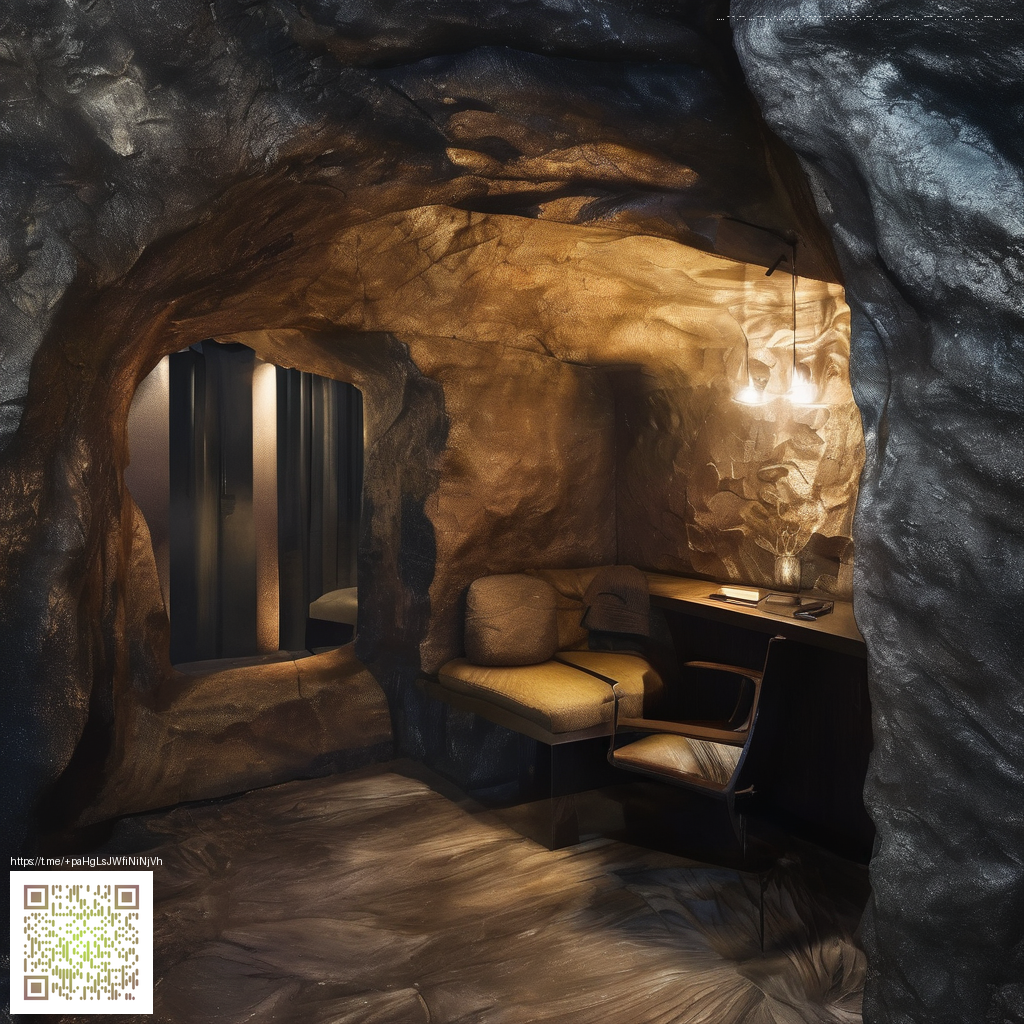
Bringing Hyperrealism and Abstraction Together in Digital Paper Art
Digital paper art sits at an exciting crossroads where the meticulous, tactile quality of hyperrealism meets the freeing looseness of abstraction. Artists working in this space craft works that feel both intimately tangible and boldly interpretive. By layering scan-derived textures, scanned folds, and micro-embossed details with expressive color blocks and gestural shapes, creators coax viewers to linger—studying a crease as if it were a real-life ridge, then stepping back to appreciate the larger composition as a memory or dream rather than a precise replica.
In practical terms, hyperrealism in digital paper art hinges on precision: lighting, shadow, grain, and edge treatment must cohere so the illusion remains convincing at close inspection. Abstraction, on the other hand, invites ambiguity—edges blur, color radiates, and form becomes a vehicle for mood or concept. The magic happens when artists choreograph those tensions: one moment you’re drawn into the surface texture, the next you’re invited to interpret the shape’s meaning beyond any literal reference. It’s a dialogue between seen detail and felt impression, between the insistence of a single peeled-back corner and the unity of the whole page.
“Hyperrealism in digital paper art pulls the viewer into a world where every pore of the paper and every crease is visible, while abstraction invites a conversation about shape and meaning beyond literal texture.”
Modern Paper Art Critic
What Sets Hyperrealism Apart in the Digital Realm
In the digital studio, hyperrealism leverages high-resolution textures, subtle specular highlights, and multi-layered shading to emulate the tactile sensation of real paper. The result is artwork that rewards careful inspection—like peering at a physical sheet under a loupe. Abstraction, meanwhile, relies on strategic simplification: bold color fields, fractional geometry, and negative space that teaches the eye where to rest. The value of blending these approaches lies in creating works that feel both grounded and expansive, where a single creased line can imply a horizon, a crushed corner a memory, and a color smear a feeling.
Artists who experiment with digital paper often embrace a process that alternates between laser-sharp texture mapping and fluid, imperfect brushwork. They may start with a scanned texture for authenticity, then layer abstract forms on top to push the piece into a more conceptual domain. The audience experiences a layered narrative: a realistic surface that opens into an imaginative space—much like turning the page of a notebook that reveals a dream beyond the line drawings.
For creators exploring presentation and portability, even the medium used to display the artwork can reflect the same duality. The tactile suggestion of real paper can be echoed in devices and accessories designed to showcase the work with minimal distraction. If you’re curating a physical or digital exhibition, consider how a robust, glossy or matte shell for your gear can mirror your art’s textural vocabulary. The right accessory not only protects your work but also reinforces the aesthetic language you’ve built.
If you’re presenting digital paper studies on the go, the Magsafe Card Holder Phone Case offers a practical compliment to your art setup. See the product page for more details on its polycarbonate finish options—glossy or matte—and how it can harmonize with your portable gallery. Product page.
Looking for broader context or inspiration beyond this piece? A curated reference hub can provide additional perspectives on technique and interpretation. You might explore the related discussion here: https://horror-static.zero-static.xyz/c0acfaaf.html.
Ultimately, the most compelling digital paper art negotiates between the fidelity of hyperreal textures and the freedom of abstract forms. It offers a map of surfaces you can study up close and a skyline of shapes you can interpret from afar. The result is work that feels both incredibly tangible and conceptually expansive—an invitation to linger, question, and imagine.